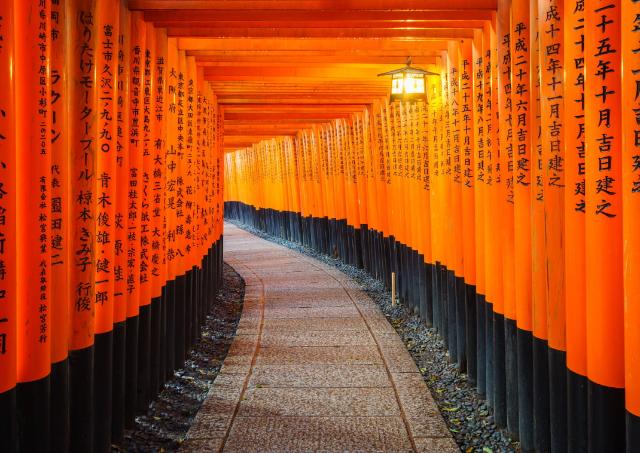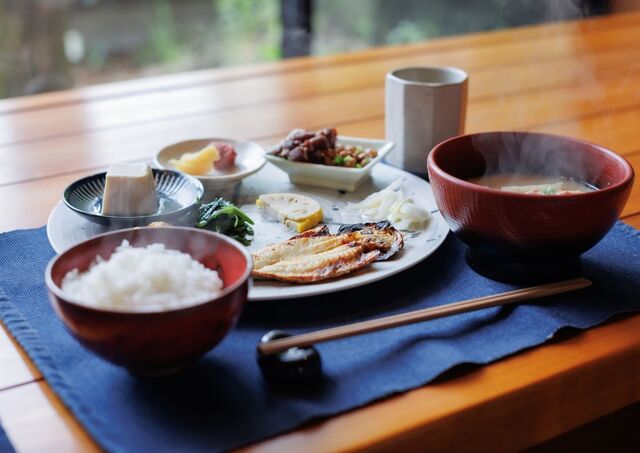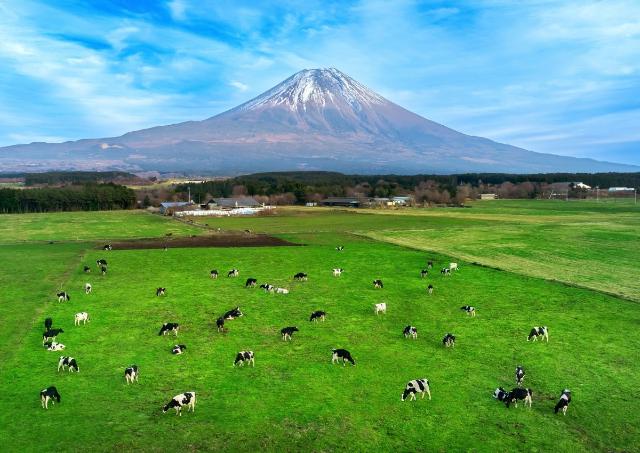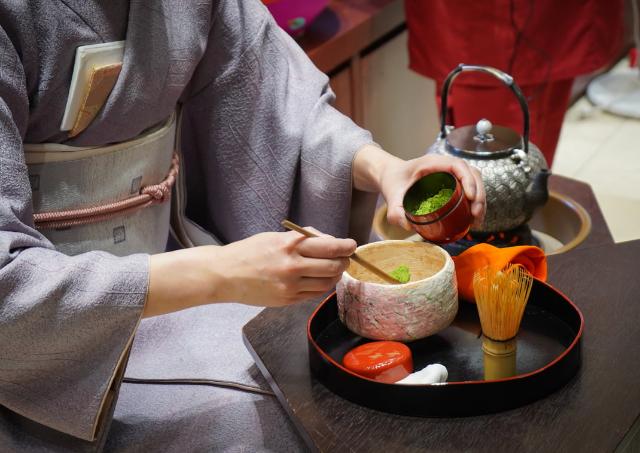Eating Your Way Through Chinatown, Yokohama
It’s impossible to pass through the gateway of Asia without witnessing the skyline of Tokyo which is very often lumped into local mega-cities like Yokohama in bordering Kanagawa prefecture. Between these two areas, numerous countries and cultures are represented through language, places of worship, and, best of all, cuisine.
Look no further than the largest Chinatown in the country to get an actual taste of Japan’s enormous neighbour without having to cross the Sea of Japan. It’s one of the best reasons to visit Tokyo’s big-sky port pal, Yokohama, to the west, and we’re sure you’ll be enthralled by the beauty of its glowing, aromatic streets adorned with hanging lanterns.
Photo: Richard Henry
Chinatown in... Japan?
One of three, actually. With smaller ones in Nagasaki and Kobe in western Japan, Yokohama’s Chinatown is a massive symbol of how Japanese and Chinese cultures differ and pinpoints some similarities.
Like the two other cities, Yokohama is now and has been a major trading port. Its success led to an influx of Chinese traders during the late nineteenth century when trade between the two countries became available. Since then, the development of a Chinese-themed living and selling area has grown significantly and is now a popular tourist area known as Chinatown.
While its main purpose may have changed over the decades, Chinatown is still a bustling place full of Chinese and Chinatown-specific merchandise, architecture, and food, and it’s a prime spot when visiting Yokohama.
Things To Taste and Do
Aside from just walking the streets, which are particularly picturesque at night, there are a handful of points of interest that could be made as destinations while snacking on the local delicacies.
The two main temples, Kuan Ti Miao and Mazu Miao, are both fine choices. Only a few blocks from one another, their route leads through several main streets with alluring side alley options.
Street Food
Photo: Richard Henry
Just out of Motomachi Chukagai Station on the Minatomirai Line, the Choyo-mon Gate welcomes visitors to the town’s delectable treasures. Once in and feeling the vibe, Café Giang, a Vietnamese coffee shop, can be found serving up banh mi and genuine egg coffee – coffee made from egg yolks and condensed milk.
A street food rarely seen outside of places like Chinatown is a kind of yaki shoronpo (baked soup dumpling) sometimes referred to, or on menus, as shen-chen-pao (シェンチェンパオ). Unlike typical Chinese dumplings, these are baked on the underside which causes their usually pointed tops to dip and are often sprinkled with sesame seeds. They’re also quite a bit larger than the typical dumpling. Even packs of four are enough for a sharable snack. Plus, they’re as delicious as they sound.
Photo: Richard Henry
If you’re a fan of the steamed buns commonly found around Japan, give its crunchy, peppery cousin a try by hunting down koshou mochi (black pepper bun). Not mochi in its expected sweet and sticky sense but more of a sesame-baked pork bun with a bit of a kick to clear the sinuses. It’s got a flavour and aroma that fits well with its surroundings.
Sit and Savour
Photo: Richard Henry
While grabbing a bite of other street foods like the Peking duck, egg tart, or panda steam bun (formed to look like the bear and photo friendly) is recommended, it’s impossible to peruse the streets without seeing signs for tabehodai (all you can eat) options. These are seen as massive signs displaying tons of different food options for a set price of typically between ¥1500 and ¥2000 which will give you an opportunity to taste almost everything for a span of around two hours. Some restaurants even offer more expensive gourmet courses.
While any restaurant is a hit, Junkaikaku Honkan is a fine example of this. Spots like Botan-en and Touen offer set meals for those not interested in eating under the pressure of a time limit. Both delicious and inexpensive, lunch or dinner set options come with multiple courses and a guaranteed full and satisfied stomach. Mapo tofu (minced meat, sesame and chili oils, and tofu) is a traditional Sichuan dish that’s a big hit in Japan, so it’s often suggested as a meal to try if you’ve never had it.
The Do’s
If you’re looking to wind down from your Gundam Factory experience next door or a Bay Stars baseball game from up the street, the temples of the area are especially gorgeous and particularly calming. If you didn’t come hungry, that is.
As previously mentioned, they make for fine pinpoints when exploring the town. Mazu Miao might be the first to be discovered. A Taoist temple south of the east entrance, Mazu Miao welcomes curious visitors with its elaborate front gate and its enormous circular mausoleum that enshrines a Taoist god. Only less than twenty years old, the shrine is a beacon of the area and takes unsuspecting tourists by surprise – often with a gasp after turning the corner. Inside, tourists become encompassed by chanting and cauldron smoke and are greeted with paper English instructions for prayer and how to buy incense or a prayer service inside the mausoleum. The intricate carvings all over the complex can keep visitors transfixed for a while.
If you’re coming at the right time, Mazu Miao is also a common host for festivals including Lunar New Year and the New Year’s countdown.
Kuan Ti Miao’s history is much longer than that of its neighbouring shrine. Originally built around the time of the opening of Japan’s international trade, it fell due to several wars and natural disasters over the last century and a half. Finally, Japan’s Chinese population put together a fundraising effort to rebuild it after a fire took it down in the late 1980s. The Kuan Ti Miao of today was completed in 1990.
With much of the shrine built in Taiwan, the detail that covers the gate and the main building is remarkable. There’s also prayer assistance here for those wishing to use it for what it’s worth.
Also, a popular festival spot, Kuan Ti Miao celebrates the festivals as well as an ancient emperor’s birthday every summer.
Prepping for a Food Coma?
Taste all of this and more on our Culinary Japan tour!
Join us for a stroll through history on our Kamakura Walking tour while you’re in Kanagawa!




